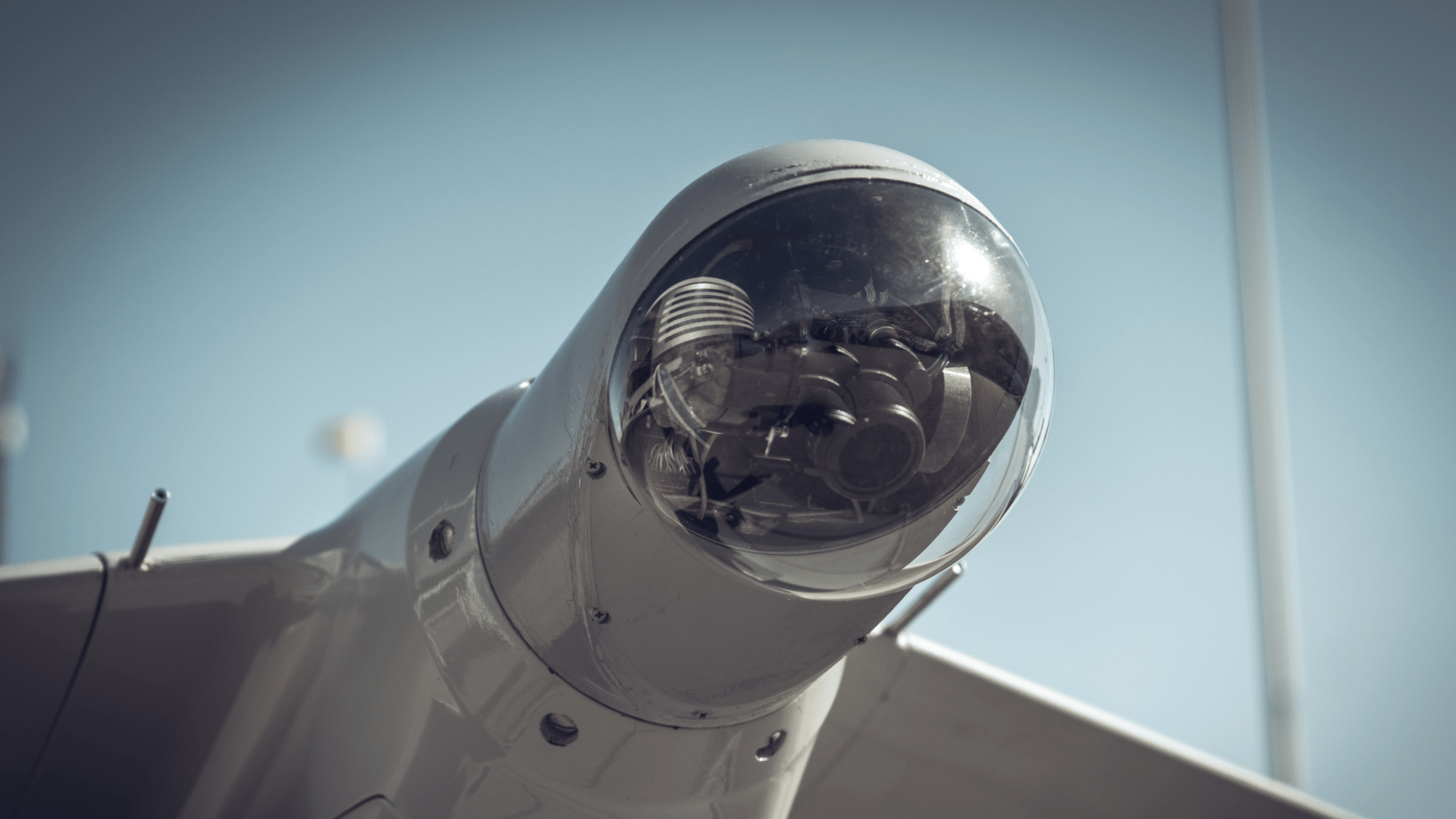
Glossary Definition
Image Intensifier: Enhancing Vision in the Dark
An image intensifier is a vital technology used in both night vision and thermal imaging devices to enhance visibility in low-light conditions. It serves as a key component in transforming faint or thermal infrared radiation into visible images, allowing users to observe and navigate in the dark. In this comprehensive exploration, we will delve into the significance, working principles, and applications of image intensifiers in the realms of night vision and thermal imaging, shedding light on their role in enhancing human vision under challenging conditions.
Significance of Image Intensifiers in Night Vision and Thermal Imaging
1. Night Vision Enhancement:
In night vision devices, the image intensifier amplifies ambient light, including moonlight and starlight, enabling users to see clearly in extremely dark environments. This technology enhances situational awareness, aids in navigation, and facilitates various nocturnal activities for military, law enforcement, and civilian applications.
2. Thermal Infrared Conversion:
In thermal imaging, the image intensifier plays a crucial role in converting thermal infrared radiation emitted by objects into visible images. This allows operators to detect and analyze temperature variations, uncover hidden threats, and identify objects in complete darkness or adverse weather conditions.
How Image Intensifiers Work
Image intensifiers employ a series of sophisticated optical and electron-optical components to amplify light or convert thermal radiation into visible images. The process typically involves the following stages:
1. Photon Capture:
In night vision applications, a photocathode at the front of the intensifier converts incoming photons of ambient light into electrons.
2. Electron Amplification:
The electrons generated by the photocathode are then accelerated and multiplied by a series of microchannel plates, each containing thousands of tiny channels to amplify the electron signal.
3. Phosphor Screen:
The intensified electron signal strikes a phosphor screen at the back of the intensifier, causing the phosphor to emit visible light, creating a bright and detailed image.
Image Intensifiers in Night Vision and Thermal Imaging Devices
1. Night Vision Devices:
Night vision goggles, monoculars, and binoculars commonly incorporate image intensifiers to provide users with enhanced vision in low-light environments. These devices find extensive use in military operations, law enforcement surveillance, and wildlife observation.
2. Thermal Imaging Cameras:
In thermal imaging cameras, image intensifiers complement thermal sensors, converting thermal infrared radiation into visible images. This fusion of thermal and visible imaging enhances target identification and situational understanding for security, surveillance, and industrial applications.
FAQs
Q1: How does an image intensifier differ from a thermal sensor?
A1: An image intensifier amplifies visible light to enhance night vision, while a thermal sensor detects infrared radiation to create thermal images. Both technologies serve distinct purposes but can be integrated in some devices to provide comprehensive imaging capabilities.
Q2: Can image intensifiers work in complete darkness?
A2: Yes, image intensifiers can function in complete darkness, provided there is some ambient light available, such as moonlight or starlight, for night vision applications. However, for thermal imaging, image intensifiers work in conjunction with thermal sensors, allowing vision in pitch-black conditions without the need for any external light source.
Q3: Are image intensifiers used only in military applications?
A3: While image intensifiers were initially developed for military use, they have since found diverse applications, including law enforcement, surveillance, wildlife observation, and industrial inspections.
Conclusion
Image intensifiers have revolutionized the way we perceive and navigate in low-light conditions. By amplifying visible light for night vision or converting thermal infrared radiation into visible images for thermal imaging, image intensifiers enhance human vision under challenging circumstances. These devices are instrumental in providing critical situational awareness and aiding in various nocturnal operations for military, law enforcement, and civilian users. As technology continues to advance, image intensifiers will undoubtedly play an even more significant role, shaping the future of night vision and thermal imaging applications across a wide range of industries and fields.


